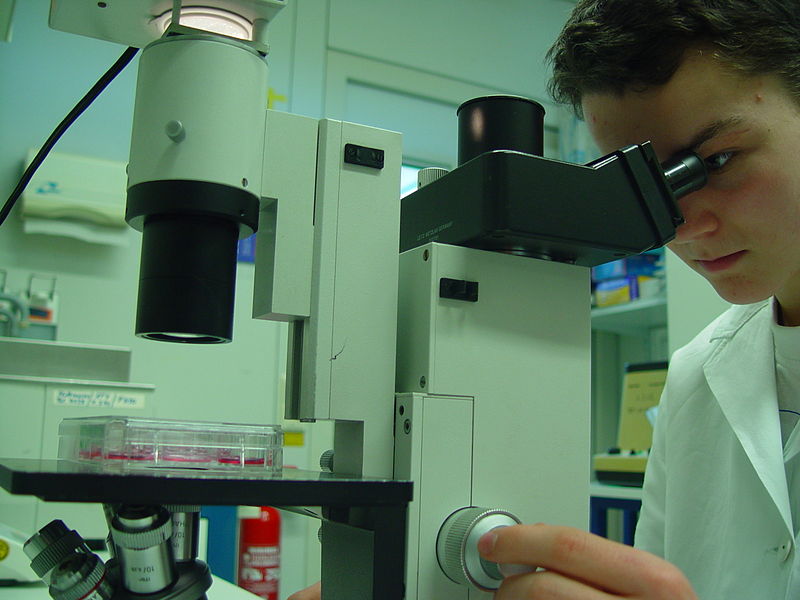Words by Becky Sainty
If you’re new to genetics, DNA acts like an instruction manual, giving our cells the information to make proteins; which genes are read determines how a cell will specialise. Every individual’s genome contains millions of mutations, but sometimes these mutations affect DNA’s instructions and can be linked to disease. Some diseases can be linked to a single gene but most are affected by many different genes.
The principle behind gene therapy is that we can change this DNA inside our cells and cure the disease. Gene therapy has been around for a while, with claims of success as far back as 1980. Thousands of trials were conducted before the FDA approved its first two gene therapies in 2017, for a rare inherited eye disease and a leukaemia treatment, and to date only five have been approved.
A commonly used method is to package correct DNA inside a virus and put it into a patient. In theory, this enters their cells and the correct protein can be expressed, curing the disease. One problem with this method is that DNA does not fully integrate into the genome, so it degrades and the effects are short lived.
The invention of CRISPR-Cas9 has allowed advances in gene therapy such as inserting DNA directly into the genome, or even making specified mutations to correct patients’ own DNA. Unfortunately, CRISPR can also cause mutations elsewhere in the genome leading to unintended side effects. Despite this, the first trial using CRISPR is underway and this year reported that two people with beta-thalassaemia and one with sickle cell anaemia no longer need treatment. These are both well understood single gene blood disorders, so good candidates for gene therapy. In this trial, the patients’ own cells were extracted, edited and injected back. This means scientists can check the editing has worked before putting cells into the body, and the hope it that as the gene has been integrated, the effects will be permanent.
Many cases have demonstrated that gene therapy can work, but current trials are still experiencing serious side effects, from immune responses to renal failure. A promising trial this year for X-linked myotubular myopathy, which causes severe muscle weakness, has delayed its plans to file for approval following three deaths. Our understanding of genetics is far from complete, and in this trial and others the reasons for success or failure are not yet understood.
Another key concern around current gene therapies is the price. One of the first treatments to be approved comes at a cost of $850,000 per treatment and others are similar. It is still taking a long time to develop and trial these therapies. This makes it unlikely the cost is going to drop significantly any time soon, and so gene therapy may remain limited to those who can afford it or are able to be included in a trial.
Due to the current risks, trials have so far focused on diseases with a known genetic cause and with no current alternative. And as the technology improves however, our options increase. It is possible to start treating developmental diseases earlier and earlier to limit their effects. Many diseases can already be diagnosed in the womb, so could we start gene therapy before birth?
Most of our traits have at least partially been linked to genes, so what we should consider ethical to ‘fix’ once we can? Should we target genes that have small effects, such as increasing the risk of breast cancer even though this may never have manifested? Could we improve any feature we disliked? There have been concerns raised already about athletes using ‘gene doping’ to improve their performance. Although the World Anti-Doping Agency banned it in 2018, it may not be easy to detect.
Gene therapy is an exciting and now realistic prospect for curing many serious diseases. As the technology improves, many people’s lives could be improved. However, cost and availability are likely to continue limiting who can access treatment. In the future, it is unclear what the consequences of gene editing technology could be, and it will be important to monitor how and why it is being used.

